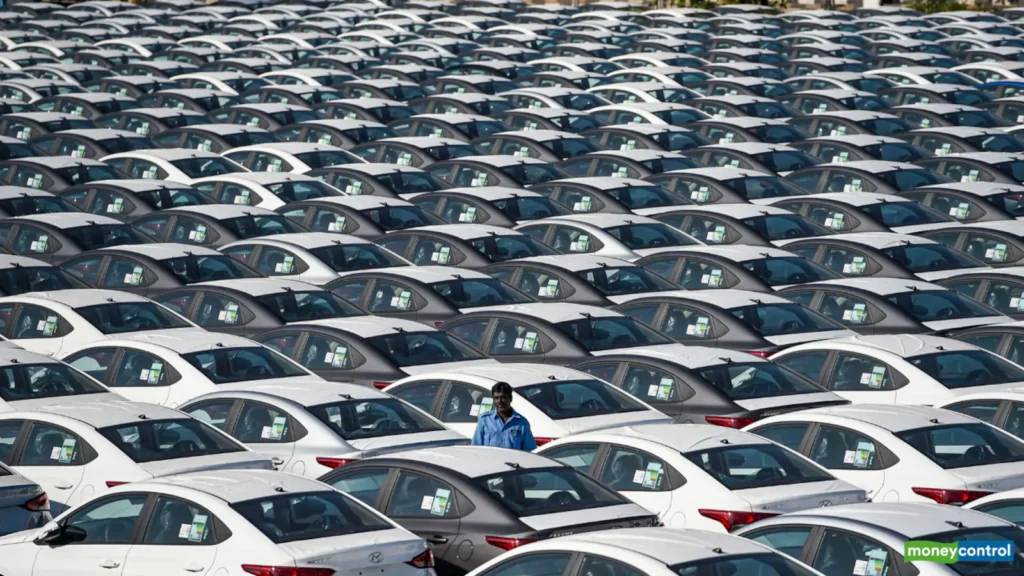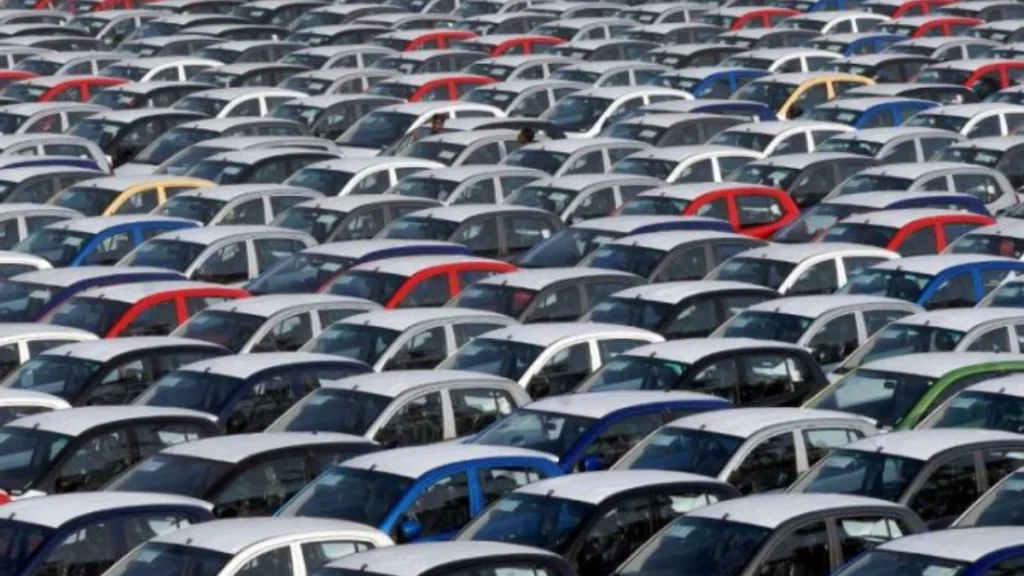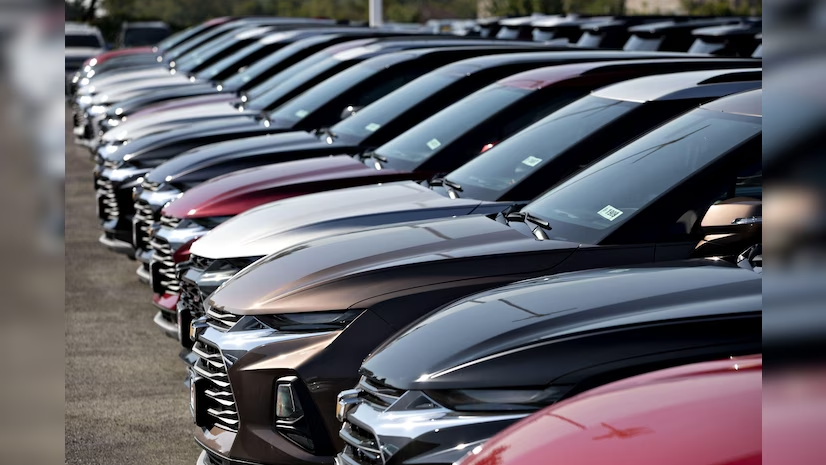| In Short |
| · Unsold passenger vehicle inventory has surged to 7.8 lakh units, valued at ₹77,800 crore, reflecting the challenges faced by the auto industry |
| · Five key reasons contribute to the slowdown in auto sales, including rising fuel prices, higher loan interest rates, inflationary pressures, supply chain disruptions, and the growing shift towards electric vehicles |
| · Rising fuel prices and inflation have particularly affected middle-income buyers, reducing their ability to purchase vehicles |
| · Supply chain disruptions, especially the global semiconductor shortage, continue to hamper production, contributing to the backlog of unsold cars |
| · Recovery could depend on government incentives for EVs, policy adjustments, and the upcoming festive season, which might help revive consumer demand |
The Indian automotive market is facing a slump, with unsold passenger vehicles piling up to alarming levels. According to recent reports by FADA, the inventory has increased to 7.8 lakh units, which is valued at an astonishing ₹77,800 crore. This trend has sent jitters through the industry as manufacturers and dealerships grapple with excess supply and slower sales.
In this article, we delve into the reasons for this slowdown, the impact of such a slowdown on the industry, and what does the future hold for the Indian auto market.
A Rise in Unsold Inventory
The report by FADA underlines the fact that the total inventory of unsold passenger vehicles has reached 7.8 lakh units across the nation, which is a quite substantial increase. This inventory overhang, amounting to ₹77,800 crore, has hit home in the auto industry, which is so integral to the nation’s economy. An oversupply indicates a fall in demand on the part of consumers and other economic setbacks.

While FADA President Manish Raj Singhania considers it a joint reason, it is actually one of the biggest unsold inventory accumulations in recent years due to a number of factors interlinked and affecting supply and demand.
Reasons for the Auto Sales Slowdown

Rising Fuel Prices
One of the major contributors to this decline is the incessant increase in fuel prices. The prices of petrol and diesel have reached an all-time high, with potential buyers being deterred from making vehicle purchases due to increased operational costs. Middle-income buyers, considered the largest segment in the passenger vehicle market, have been directly impacted by higher fuel prices .
Higher Loan Interest Rates
Consumer financing has become more expensive in the last few months, with increases in interest rates for car loans. An increase in the interest rate makes new vehicles much less affordable for most. In fact, many prospective buyers are delaying purchases because of this, further exacerbating the sales slowdown .
Inflationary Pressures
Equally important has been the role of rising inflation in the slowing down of auto sales. In cases of general price increases, consumers have economized on discretionary consumption, and vehicles-arguably a big-ticket item-have been deferred. An inflationary squeeze on household budgets has translated into falling demand for passenger vehicles across the lower and middle variants.
Supply Chain Disruption
With a recovery from shutdowns related to COVID-19, the auto industry has yet to be free of continuing supply chain disruptions. Some key components, like semiconductors, are in short supply. There has been delay and inefficiency in production for quite a long time; living life has been highly inconsistent with meeting market demand as far as manufacturers’ concerns are taken into consideration. All this inconsistency has been a contributing factor to unsold vehicles backlogging .
Shift Towards Electric Vehicles (EVs)
The increasing government incentives and environmental concerns are clearly turning the consumers to electric vehicles. This fact is forcing the conventional petrol and diesel vehicles to be in lower demand, which reflects in the slow sales of internal combustion engine vehicles. However, the transition of consumers to EVs has just begun and isn’t filling the gap entirely.
Industry Implication
Accumulation of unsold stocks hurts equally on both the manufacturers and dealerships. Unsold inventories are capitals tied up with increasing storage costs per unit time, with the risk of depreciation over time, if not sold. This may also force the manufacturers to sell their products with heavy discounts in order to relieve their inventories, hence further reducing profit margins.
Dealerships, in particular, have been facing issues with cash flow due to stagnating sales. Many are stocking up on inventories, which they need to clear off as soon as possible to get rid of the old models and make room for the new ones, thereby putting greater stress on sales teams and marketing efforts .
The Road Ahead: Can Recovery Be Expected?
The Indian auto industry stands at the crossroads-reason to be optimistic during this bleak period. There are various factors that could end up rejuvenating the market:
• Policy Incentives: Government incentives on electric vehicles and hybrids can lead to resurgence in consumer demand once again. Similarly, cuts in interest rates or offering tax rebates help buyers finance their purchases.
• Festive Season: With the onset of the festive season, the sales might increase temporarily wherein consumers take advantage of the offers and discounts that come associated with this season. Dealers are assuming it will help resolve the excess inventory issue.
The unsold inventory of passenger vehicles indicates a deeper structural issue that ultimately hampers the growth prospects of the Indian automobile industry. From rising fuel prices and interest rates to changing consumer preferences, the industry needs to adapt to the new emerging economic environment. While the immediate prospect looks gloomy, only strategic policy intervention, tuning up market factors, and continuous innovation might indicate a bright prospect ahead for the auto market.
For Latest News Updates Click Here
